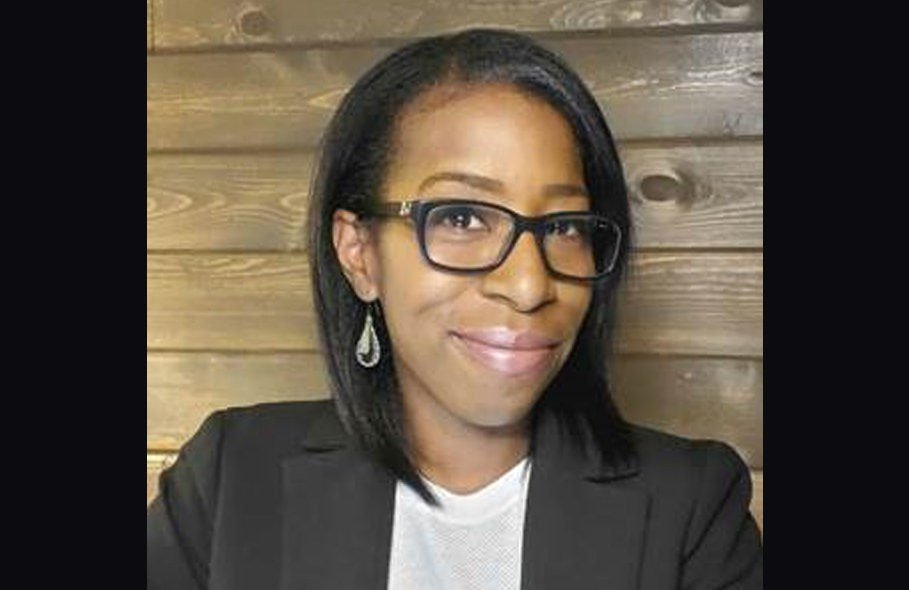Community College Enrollment Is Down 10%: Helping Students Return
by Lois Elfman, Diverse Issues in Higher Education / Apr 2, 2021

Eboni M. Zamani-Gallaher, director of the Office of Community College Research and Leadership at the University of Illinois and executive director of the Council for the Study of Community Colleges, provides insight into how schools hope to help.
Enrollment at community colleges is down. The data is clear, says Dr. Martha Parham, senior vice president of public relations for the American Association of Community Colleges (AACC). Data from the National Student Clearinghouse shows that enrollment in fall 2020 was down 10.6% from fall 2019 for full-time students and 9.9% for part-time students. The biggest declines were among African American males at 19.2% and Native American males at 20.1%.
“Students of color, in particular Black and Brown students, didn’t re-enroll,” says Dr. Eboni M. Zamani-Gallaher, director of the Office of Community College Research and Leadership at the University of Illinois and executive director of the Council for the Study of Community Colleges.
“There’s an access issue,” says Zamani-Gallaher. “The pandemic has lifted the veil and has exacerbated what has already been some differentials, particularly in terms of racial inequities.”
The COVID-19 Effect
In previous economic downturns, by example 2008–09, community college enrollment went up, notes Zamani-Gallaher. Even people who already had associate’s or bachelor’s degrees enrolled.
“They were utilizing community colleges to retool and to try to have a more competitive skill set to meet local industry needs and to rebound in terms of employability,” says Zamani-Gallaher.
Heading into the fall 2020 semester, the thought was that numbers would hold steady, but that didn’t prove to be the case. A significant obstacle has been that some students could not adapt to distance learning. Zamani-Gallaher says many first-time students decided to wait until face-to-face classes resume. Others who were enrolled when higher education moved to online learning in the spring of 2020 either did not have access to the necessary technology or they found online learning too difficult.
Parham says 29% of community college students are first-generation students who “are looking at attending college without having that college-going culture in their backgrounds,” she says. “To navigate the process of going to college in a totally remote format could be challenging.”
Sixty-two percent of full-time students and 72% of part-time students work in addition to attending college. The age of the average community college student is 28, and many have children who are also doing online schooling due to the pandemic.
Dr. Bill Pink, president of Grand Rapids Community College (GRCC) in Michigan, says his student population has declined in line with national numbers. Students are informing the college that they are sitting out, either because they are waiting for face-to-face instruction to return or they must work extra hours due to economic necessity.
“Some students who were with us virtually or online in the fall are sitting out this winter because the online modality just wasn’t a good fit,” Pink says. “Others say that modality fits their lifestyle and … [they] are adapting. The lesson we’re being reminded of is it’s important for us to make sure that we’re responsive in both modalities.”
Serving Student Need
Many community college students deal with food insecurity and housing insecurity while trying to pursue higher education. Pink says GRCC has provided students with groceries and toiletries.
To accommodate students’ need for technology, Pink says GRCC purchased laptops to loan to students and established mobile labs around campus. The college also purchased and distributed over 300 mobile hotspots.
GRCC also took steps to increase its WiFi signal, so that it reaches campus parking lots and parking garages. Students could drive onto campus and get the signal.
Read more at the Diverse Issues in Higher Education website...